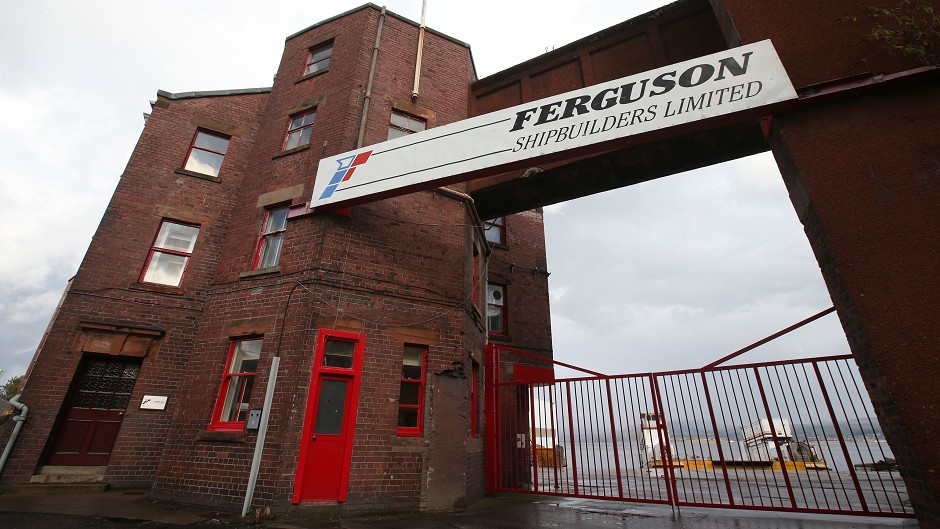Work carried out on two delayed and over-budget CalMac ferries has to be redone because of a flawed design process, MSPs have heard.
Almost all engine room pipework has to be removed and part of the bow of one of the vessels has to be replaced.
The £200 million ferries destined for Hebridean and Clyde routes are still “less than half built” four years after the contract being signed.
An inquiry held by MSPs into the rising costs and delays also heard how relations broke down between CMAL, the government-owned ferry owner, and Ferguson Marine (FMEL), the shipyard building the vessels.
GMB workforce representative Alex Logan said the two organisations were “at loggerheads”, saying it was like a “standoff at the O.K. Corral”.
“They wouldn’t agree on a design,” Mr Logan said. Workers, Mr Logan said, could see there were problems with the plans. But they were reluctant to question design drawings because management would threaten them with their jobs.
From the outset, Mr Logan said workers had wondered how two such large vessels could be built at the same time as modernising the yard.
MSPs on the Rural Economy Committee are investigating why £100m has been added to the original £97m budget for the two ferries.
Originally the vessels were supposed to come into service by mid 2018. But the Glen Sannox 801, destined for the Arran route, will not be ready until the last three months of 2021.
The second vessel – known as Hull 802 for the Skye, Harris and North Uist route – will not be ready until summer next year.
Tim Hair, the FMEL turnaround director who was brought in to sort out the project, said the break-down between CMAL and FMEL meant there was “great difficulty” in completing the contract.
Mr Hair said work began on the ships, the steel was cut and they were launched before the design was properly completed. The yard was now having to go through the “flawed” design process from scratch.
Almost all of the work now being done on the ferries was to sort out problems with parts that had already been built.
A certain type of mechanism to join pipes together had been used extensively on the vessels without CMAL’s permission, creating a “major problem”.
“Just about every piece of pipework in the engine room will have to be removed…it is a major undertaking,” Mr Hair said.
On the Glensannox, an item called the “bulbous bow”, which is essential to the ship’s performance did not meet the specification.
“We need to take it out of the water cut off the first six feet of the bow and replace it,” Mr Hair said.
